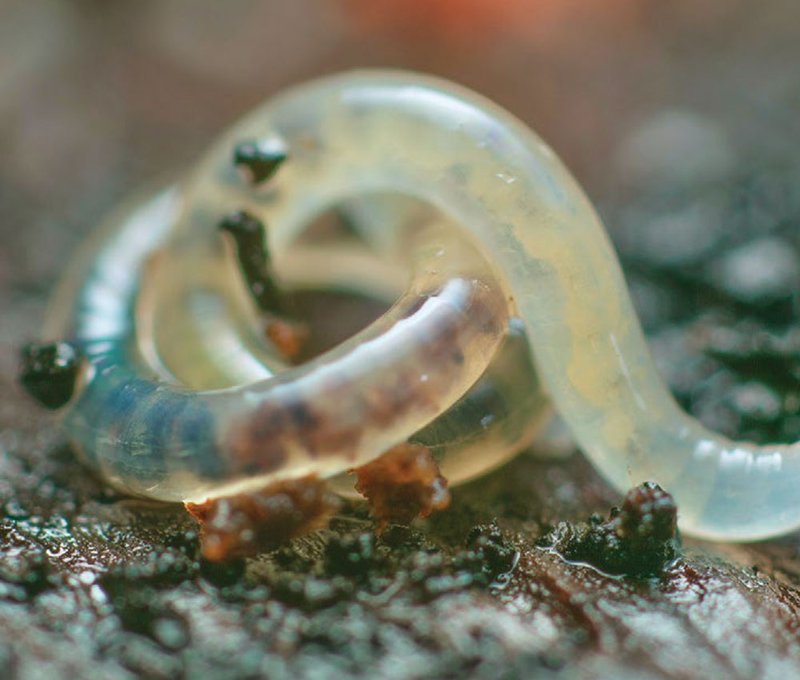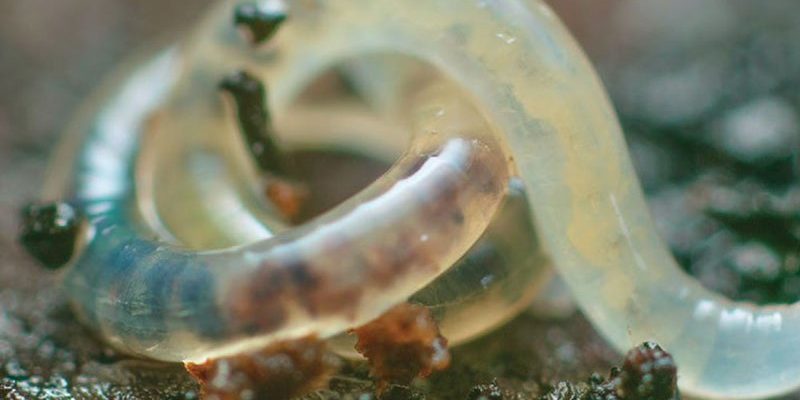
Understanding their habitat preferences helps us appreciate their role in soil health and the overall ecosystem. Just like you have your favorite coffee shop or park where you feel most comfortable, Enchytraeids have specific environments they thrive in. Whether it’s the type of soil, moisture levels, or the presence of organic matter, these factors shape where we can find these critters in the wild.
What Are Enchytraeids?
To really get a grasp on habitat preferences, let’s first dig into what Enchytraeids are. These worm-like creatures are part of the larger group called annelids, which also includes earthworms and leeches. Enchytraeids typically inhabit the top layer of soil, where they help decompose organic material.
They aren’t just average worms; their bodies can be segmented, which helps them move through the soil easily. You might spot them wriggling about after a rainstorm, as they come closer to the surface. They’re often overlooked, but their contribution to nutrient cycling in the soil is essential.
So, why should we care? Enchytraeids indicate soil health. If these worms are abundant, it usually means the soil is rich in organic matter and other beneficial microorganisms. They play a key role in making sure the soil is fertile, which is vital for growing crops and supporting diverse ecosystems.
Soil Type and Composition
One of the main habitat preferences for Enchytraeids is the type and composition of soil. These worms thrive in loamy soils, which are a combination of sand, silt, and clay. Why is loamy soil so great for them? Well, it has good drainage while retaining moisture, making it a perfect playground.
Enchytraeids prefer soils rich in organic matter, which they feed on. This means you’re likely to find them in places like gardens, forests, and grasslands where plant material is plentiful. Think about the difference between a dense forest floor, covered in decaying leaves, and a concrete parking lot—one offers a feast for these worms, while the other is a barren wasteland.
Here’s a quick comparison of soil types and their suitability for Enchytraeids:
| Soil Type | Suitability for Enchytraeids |
|---|---|
| Loamy | High – Rich in organic matter |
| Sandy | Low – Drains too quickly |
| Clay | Moderate – Poor drainage but can retain nutrients |
Providing Enchytraeids with a well-balanced soil type not only benefits them but also improves the overall soil health, leading to better plant growth.
Moisture Levels
Moisture is another key component of habitat preference for Enchytraeids. These little worms need a damp environment to survive; too much or too little moisture can be detrimental. If the soil is too dry, they might find it hard to breathe and will burrow deeper into the substrate, which can lead to them becoming less active.
Conversely, if the soil is overly saturated, it can create an anaerobic environment that’s not great for them either. They thrive in conditions where moisture levels hover around 40-60% of the soil’s water-holding capacity. The ideal moisture helps them move, feed, and reproduce effectively.
Imagine trying to enjoy a picnic in a downpour: not much fun, right? Similarly, Enchytraeids need a balance. You’ll find them in places like wetlands or near riverbanks, enjoying that sweet spot of moisture without getting flooded.
Temperature Preferences
Temperature plays a big role in where you might find Enchytraeids as well. They generally prefer cooler environments, as extreme heat can be harmful. The ideal temperature range for these worms is between 10°C to 20°C (50°F to 68°F).
In these temperatures, they are most active, feeding and reproducing. You might not find them out and about during the heat of summer, as they tend to burrow deeper to escape the heat. Similarly, during winter, they become less active but can still be found below the frost line, where the temperature remains more stable.
If you think about it, it’s kind of like when you want to hunker down with a blanket in winter—Enchytraeids seek that cozy, comfortable temperature to survive and thrive.
Organic Matter and Food Sources
Organic matter isn’t just important for soil health; it’s crucial for Enchytraeids too. These worms thrive in soils that have a high level of organic material, such as decomposed leaves, plant roots, and other natural detritus. They feed on this organic matter, helping break it down into essential nutrients for plants.
You might find Enchytraeids munching away in compost heaps or areas where plant material is abundant. In fact, their diet primarily consists of bacteria, fungi, and decaying organic matter, which means they play a big part in nutrient cycling.
So, if you’re trying to create a thriving garden, consider adding organic matter like compost or mulch. Not only will it provide a feast for Enchytraeids, but it will also enhance soil quality for your plants. It’s a win-win situation!
Impact of Environmental Changes
Enchytraeids are sensitive to changes in their environment. Factors like pollution, habitat destruction, and climate change can severely impact their populations. If the soil becomes too compacted or contaminated, it can disrupt their natural habitat and food sources.
Moreover, alterations in moisture levels due to drought or heavy rainfall can affect their ability to thrive. For instance, urbanization often results in soil sealing, preventing these worms from accessing the rich organic layers they need.
When we consider these impacts, it highlights the importance of conservation. Protecting natural habitats is essential not just for the survival of Enchytraeids, but for the overall health of our ecosystems. As these worms contribute to soil health, their decline can have cascading effects that reach far beyond their tiny bodies.
Conservation and Importance
Understanding the habitat preferences of Enchytraeids is crucial for conservation efforts. As indicators of soil health, their presence typically means that the ecosystem is functioning well. Protecting their environments not only benefits them but also promotes a healthy balance in nature.
Gardeners and land managers can help by maintaining organic matter in the soil, avoiding overuse of pesticides, and ensuring proper drainage. Moreover, initiatives that focus on rewilding or restoring natural habitats can provide safe havens for these worms to flourish.
In essence, every little action counts. By valuing and protecting Enchytraeids, we’re supporting not just a tiny worm, but the entire web of life that relies on healthy soil.
In conclusion, the habitat preferences of Enchytraeids are diverse yet specific. From soil composition to moisture levels and organic matter, these little organisms are finely tuned to their environments. By understanding their needs, we can take steps to ensure their survival and, in turn, the health of our ecosystems. Whether it’s in your backyard garden or a local forest, keep an eye out for these amazing little creatures; they’re doing a lot more than you might think!

